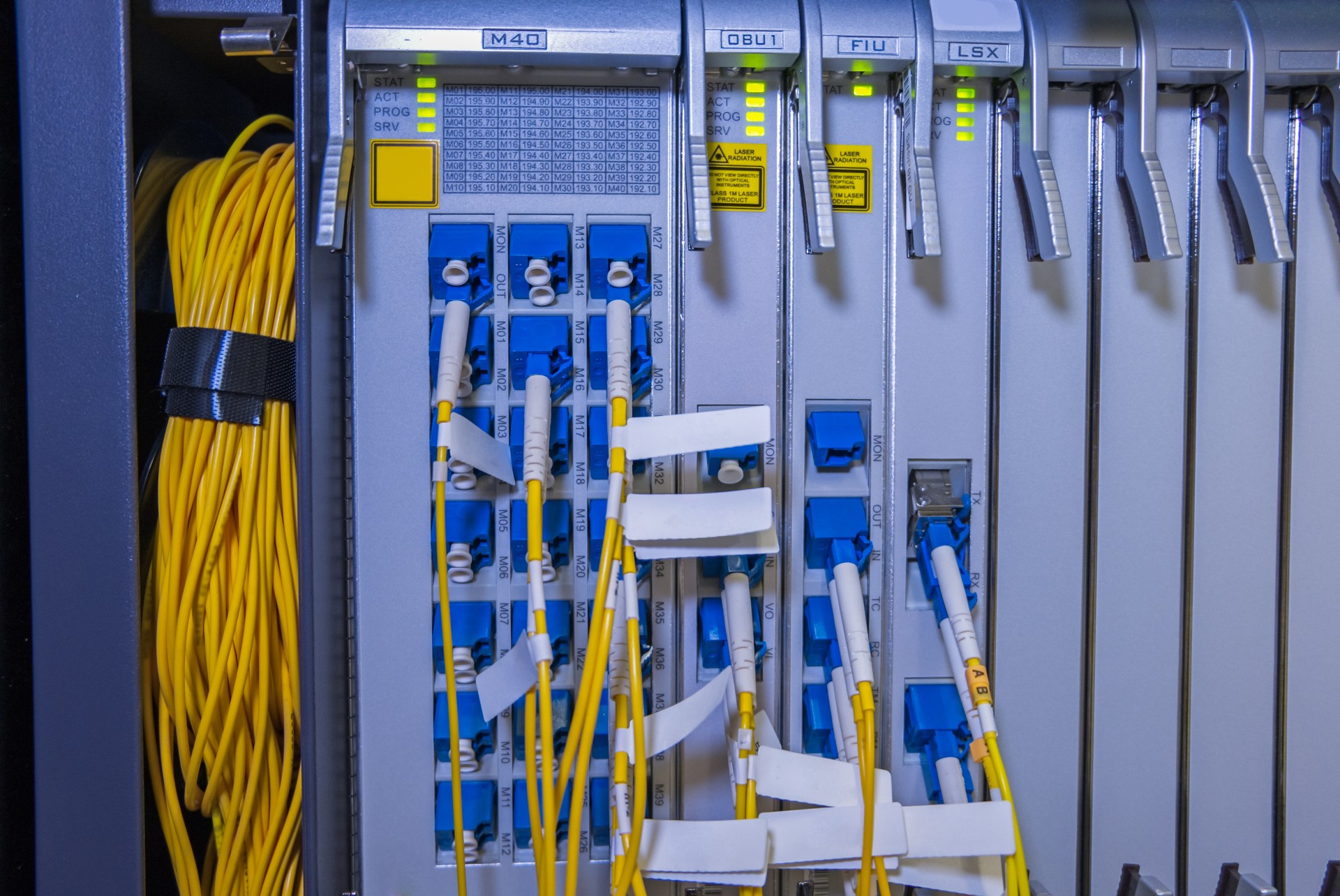Reputable colocation providers typically offer uptime guarantees of close to 100%. Implementing effective colocation redundancy is a key part of how this is achieved. Here is a quick guide to what you need to know.
Redundancy strategies
Here are five redundancy measures commonly implemented by colocation facilities to ensure high availability.
Diversifying power sources
Colocation facilities are equipped with redundant electrical circuits so that facilities can seamlessly switch between power sources. They will also be connected to a diverse range of power sources. At a minimum, they will have contracts with different energy providers. Where possible, they will also be connected to multiple power grids.
It’s increasingly common for data centers to have the infrastructure to generate energy on-site using renewable sources. The most common sources are solar and wind. Some data centers can leverage both. Generating power on site has numerous benefits including increasing resilience.
If power outages do occur, uninterruptible power supply (UPS) systems are the first line of defense against them. They are often enough to see data centers through short outages. For longer outages, they smooth over the transition to other power sources. At the moment, the likeliest backup power sources are generators powered by liquid fuel (usually diesel). As technology develops, it’s likely that these will be replaced by batteries.
Implementing robust cooling systems with redundancy
In colocation facilities, ensuring optimal temperature control is critical for maintaining the integrity of server equipment. To achieve this, colocation providers implement robust cooling systems with redundancy. These systems typically involve advanced air conditioning units and precision cooling technologies designed to dissipate heat generated by servers.
Redundancy in cooling is achieved through the installation of multiple cooling units. If one unit malfunctions or requires maintenance, others can seamlessly take over to prevent any temperature spikes. Additionally, facilities often deploy diverse cooling methods, such as air-based and liquid-based cooling solutions, to enhance efficiency and provide alternative options in case of system failures.
Diversifying network connectivity
Diversifying network connectivity involves implementing intricate technical solutions to mitigate the risks associated with network failures. This includes the deployment of multiple high-capacity, carrier-neutral internet connections from different service providers.
In the event of a network outage or underperformance from one provider, traffic can seamlessly reroute through alternative pathways, ensuring continuous service availability. BGP (Border Gateway Protocol) routing is often employed to distribute traffic dynamically across diverse network paths, optimizing data transfer efficiency and responsiveness.
Moreover, colocation providers may establish direct peering connections with major internet exchange points. This not only boosts network resilience but also reduces latency.
Backing up data effectively
Robust backup systems utilize a combination of on-site and off-site storage, employing advanced technologies like RAID (Redundant Array of Independent Disks) configurations to distribute and replicate data across multiple drives.
Regular automated backup schedules are established to capture real-time changes, minimizing the risk of data loss. Snapshot technologies enable the creation of point-in-time copies, offering additional recovery points.
Furthermore, facilities often leverage geographically dispersed data centers for off-site backups, enhancing redundancy and disaster recovery capabilities. Encryption protocols are implemented to secure sensitive data during transmission and storage.
Undertaking continuous monitoring and proactive maintenance
The best way to ensure availability is to stop main systems from failing in the first place. Colocation providers therefore undertake continuous monitoring and proactive maintenance to keep their systems in the best of health.
Case studies
Here are three real-world case studies highlighting the effectiveness of redundancy in ensuring continuous operations.
Amazon Web Services (AWS)
An AWS S3 (Simple Storage Service) outage occurred on March 2, 2017. Due to a typo in a command entered by an Amazon employee, a larger number of servers were taken offline.
The incident affected a significant portion of the internet, causing widespread disruptions.
The redundancy measures implemented by AWS did, however, minimize the impact on users. They also ensured the continued operation of critical services.
Delta Air Lines
On August 8, 2016, Delta Air Lines experienced a major IT outage that led to the grounding of flights and widespread delays. The incident was attributed to a power outage at their primary data center, followed by issues with the backup systems. Redundancy measures, such as backup generators and secondary data centers, helped Delta recover from the outage. The airline was therefore able to resume normal service relatively quickly.
Google
Google’s data centers are designed with multiple layers of redundancy, including backup power systems, redundant networking equipment, and duplicate server clusters. Between August 13 and August 17, 2015, a series of lightning strikes caused a power outage in one of Google’s data centers in Belgium. The redundant systems kicked in, and the vast majority of user data remained accessible without any significant disruption.
Related Resources:
What is Colocation? Ultimate Colocation FAQ Guide [2024]
Colocation Migration Best Practices




